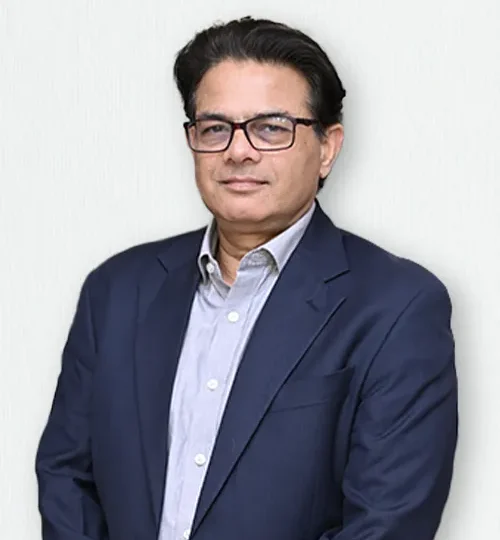Growing need for Physician-centric solutions for the healthcare industry

In developing & emerging economies, physicians don’t have access to longitudinal patient history, nor the time to capture it during each visit and as a result only the chief complaint gets addressed, while many other issues remain unaddressed affecting the overall quality of care.
Imagine a typical Physician-Patient visit – In more developed nations, where physicians have access to electronic health records, they spend a lot of time on the screen trying to figure out the patient history, clicking boxes and entering information in the system while the patient describes their complaint and they go through the diagnosis process & consult. In developing & emerging economies, physicians don’t have access to longitudinal patient history, nor the time to capture it during each visit and as a result only the chief complaint gets addressed, while many other issues remain unaddressed affecting the overall quality of care.
The most pivotal and central relationship in healthcare is that between the Physician and the Patient and it has been compromised due to a number of factors, including increasing administrative burden on physicians, professional burnout which has been exacerbated by the long fight against the global Covid pandemic, shifting dynamics of clinical practice economics and reducing / plateauing physician patient ratios in some countries. The WHO estimated in 2019 that the World is short by 4.3 million physicians & that level of access problems is causing sub-optimal health outcomes. The United States is projected to have a shortage of over 120 thousand physicians by 2034.
We need to enable physicians to operate at the top of their license and help them become more productive instead of adding to their administrative and cognitive load. They need to be freed up from everything else so they can focus on the one thing that matters the most – the patient. Real transformation of healthcare will thus occur when Physician-centric solutions are built and a few simple principles can help improve Physician engagement & satisfaction and in turn improve the overall quality of care for patients.
Respect the physician’s approach to the practice of medicine: Physicians, by nature of their training and commitment to their profession, are extremely hard working and have to make life saving decisions while dealing with a number of other emotional & physical stressors. Policy makers, administrators, healthcare solutions & IT providers must respect the emotional & physical demands of the Physician’s jobs and make it easier for them to practice medicine and not harder.
Redesign workflows to free up Physician time: The physician is often the highest skilled worker in the care delivery pyramid. To make them focus on administrative tasks instead of clinically discretionary and cognitive tasks when there is a significant shortage is completely undesirable.
Build a team-based approach to care delivery: It is evident that physician shortages is a long-term problem to be solved and is determined by expanding the supply (through increased medical education access & other teams) while also figuring out innovative ways to address the demand. While longer-term solutions address that need, key to successful healthcare is in establishing a team-based care approach where the Physician is supported by the Nurse, Medical Assistants, Social Workers, Home Health Workers, Care Managers and others to address the care needs of the patient. By pairing the physician with the right care teams, the physicians can focus on directing care and becoming the co-navigators and quarterbacks of a patient’s overall health.
Build IT solutions that are empathetic to Physicians: Physicians have long been forced to adapt new information technology for the sake of it, while slowing them down and impacting their flow of practice. There is tremendous promise in leveraging IT to make physicians more effective & efficient, however solution designers need to be empathetic to the physician and leverage clinical & practice content in the design of their solution. Also, a one-size-fits-all approach rarely works with specific nuances of practice across different care settings, specialties and geographies.
Overall, we need to build a healthcare ecosystem in which all stakeholders, patients, physicians, policy makers, healthcare enterprises & the overall community benefits from every interaction. One of the critical pillars of success in this aim is ensuring that we restore the primacy of the physician-patient relationship and this can only be achieved if we enable physicians with solutions & infrastructure that helps restore the joy & viability to the practice of medicine.

Abhay Srivastava
Chief Human Resources Officer at IKS Health Limited


